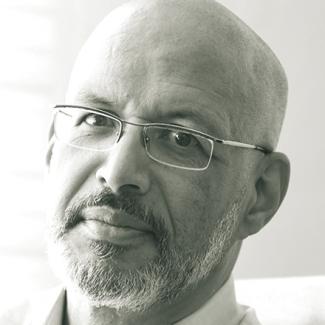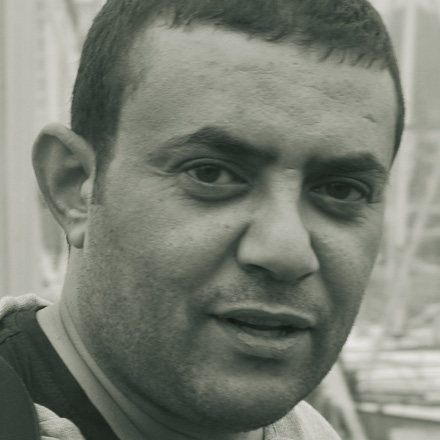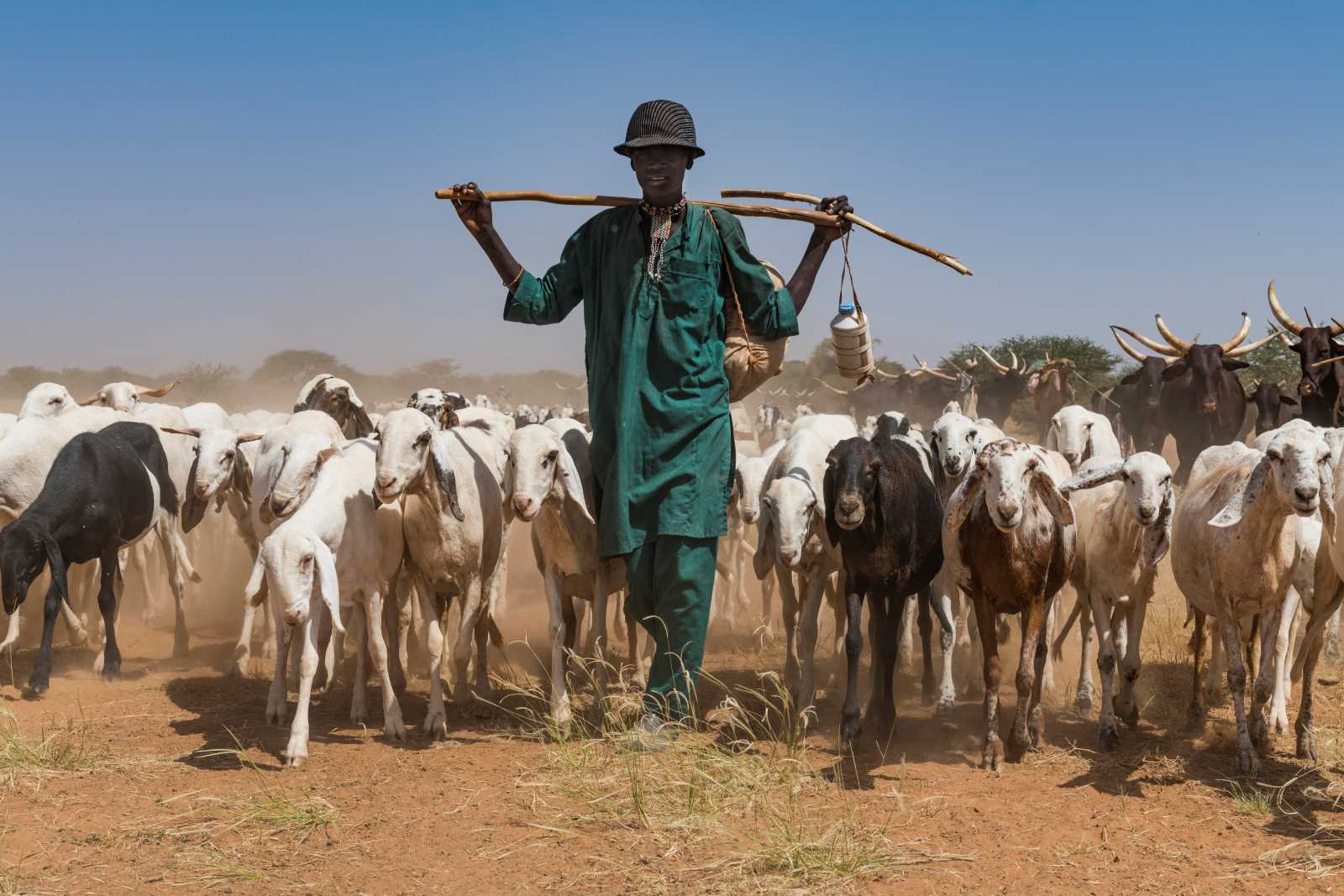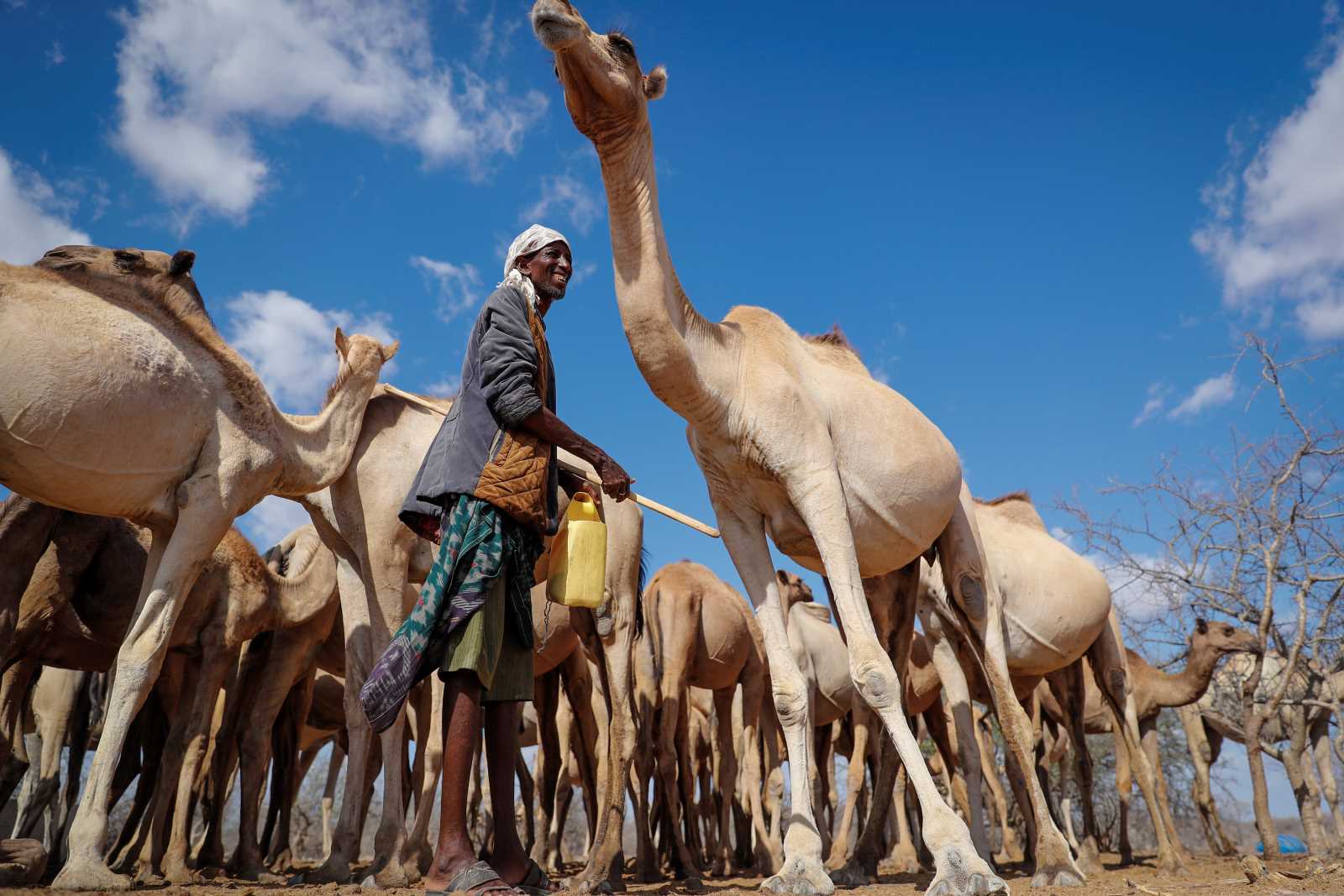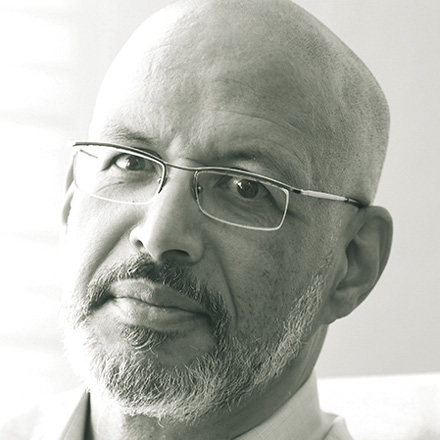Drought
Linking humanitarian relief to development and peacebuilding
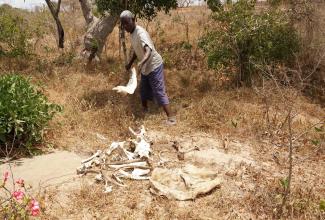
Ethiopia’s big famine in the 1980s was one of the 20th century’s worst humanitarian crises. From 1983 to 1985, an estimated 1 million people starved to death. The country’s north was affected worst when drought, border conflicts and ethnic tensions became a deadly mix. Throughout history, such combinations of human-made and natural disasters have reoccurred. We are currently witnessing another one in Eastern Africa.
According to UN OCHA (Office for the Coordination of Humanitarian Affairs), the Horn of Africa is experiencing one of its worst droughts in recent history. More than 13 million people are suffering severe food insecurity in Ethiopia, Kenya and Somalia.
In the past, droughts occurred in this region in intervals of five to ten years. Then they started to happen every three to five years. Now they seem to be becoming permanent. This year will most likely be the third year in a row in which the broader Kenyan-Ethiopian border region and large parts of Somalia will see very little rainfall in the season that used to be “wet”.
Apart from natural disasters, the past decade was also marked by human-made ones. Somalia has been a fragile and strife-torn state since 1991. South Sudan’s civil war erupted in 2013, forcing people to flee to Kenya, Uganda and Ethiopia. In late 2020, an insurgency in Tigray triggered another civil war in Ethiopia which is not over yet.
The full truth is that extreme weather and other natural phenomena are making violence more likely, while strife is compounding resources issues. In this sense, natural disasters and human-made crises are mutually reinforcing. Humanitarian agencies must respond to both – and large numbers of refugees and internally displaced people add to the challenges. After all, local people in need often consider the newly arrived as competitors for scarce resources.
“One of the worst climate-induced emergencies”
What is happening in the Horn of Africa is well understood. International agencies, including OCHA, UNICEF and the Red Cross/Red Crescent, have been reporting extensively. According to OCHA, the disaster is “becoming one of the worst climate-induced emergencies seen in recent history in the Horn of Africa”. Communities’ livelihoods have been depleted. People are becoming weaker and will not be able to cope with yet another food crisis. OCHA reckons that:
- up to 14.1 million people face acute food insecurity and water shortages ever day in Ethiopia, Kenya and Somalia,
- some 5.7 million children are malnourished,
- the recent cereal harvest was 60 to 70 % below average in parts of Kenya and Somalia, and
- more than 3 million livestock animals died in the drought-affected crises of all three countries.
The oblivious implications are that masses of people can no longer depend on agriculture, while food prices are rising. The inflationary trend is being exacerbated by international issues, including Russia’s attack on Ukraine which has drastically reduced the availability of wheat and barley in global markets (see Claudia Isabel Rittel on www.dandc.eu). More generally speaking, the climate crisis is causing increasing harm. The recent heat wave in India, for example, may yet prove to have an harsh impact on the wheat harvest there, making further food-price hikes inevitable internationally.
In regard to the Horn of Africa, OCHA reported in March that “families are taking desperate measures to survive, with thousands leaving their homes in search of food, water, and pasture.” The agency called for urgent action to help people to survive as well as to build resilience against future shocks. To a considerable extent, the traditional pastoralism that is common in the region is becoming unsustainable (see box).
When national borders do not matter
The lasting drought shows that natural phenomena do not respect national borders. That was similarly evident in the locust infestations of 2020 and 2021, when swarms of pests haunted communities from the Arab peninsula to East Africa (see Mahwish Gul on www.dandc.eu). South Asian countries like Nepal and Pakistan were affected too.
More generally speaking, the climate crisis is hurting communities all over the world. The most vulnerable people are always the poor. Accordingly, humanitarian organisations and development agencies face huge challenges.
In regard to the Horn of Africa, OCHA reports that aid agencies have “appealed for more than $ 4.4 billion to provide lifesaving assistance and protection to about 29.1 million people in Ethiopia, Kenya and Somalia in 2022”. How much funding will actually become available, remains to be seen.
Svenja Schulze, Germany’s federal minister for economic cooperation and development, recently visited the headquarters of the African Union in Addis Ababa. She insisted that high-income countries’ aid budgets contribute to bolstering security and must therefore not be cut in the current international crisis. Shortly before, she proposed a global food-security alliance at the World Bank's Spring Meeting in Washington.
Twin goals
Brot für die Welt (Bread for the World), the Protestant development agency I work for, and its twin Diakonie Katastrophenhilfe (Diakonie Emergency Aid) are cooperating with drought-affected communities. The goals are twofold. We must help them to cope with the current food and water shortages but also contribute to building resilience. Todays’ interventions focus on linking relief with rehabilitation and development (LRRD). In our professional jargon, we speak of the needed “nexus” (see Fabian Böckler on www.dandc.eu).
Accordingly, short-term interventions focus on providing water and food, especially for lactating mothers and children, but also fodder for livestock. Interventions with longer term impacts include the supply of improved seed, the maintenance of communal water points and the rehabilitation of degraded community land. Obviously, health centres and other institutions that serve social- protection purposes need to be established where they do not exist yet and strengthened where they are permanently overburdened even in good times.
In the development and humanitarian community, people are now discussing a “triple nexus” or “HDP nexus” linking humanitarian and development interventions to peace-building (see Maren Suchta-Platzmann and Amédé Schmitz on www.dandc.eu). Two insights are driving this debate:
- The underlying issues are interrelated, so it makes sense to tackle them in a holistic manner.
- In view of globally increasing needs, agencies’ resources are becoming ever more stretched and thus must be used in the most efficient way possible.
I think the international community should go even further and consider a “sustainable societies nexus”. Ultimately, we should consistently pay attention to all of the 17 Sustainable Development Goals. Achieving them would slow down the cycles of recurring disasters, and we might even escape them to a large extent.
As I pointed out in my comment on famine in East Africa on www.dandc.eu, natural and human-made disasters are indeed connected. Little has since changed for the better. Apart from some numbers, the content is still valid. We must become better at learning from experience if we want to rise successfully to the challenges we face. We must ensure that recurring disasters do not undo considerable parts of the development progress made internationally.
Link
UN OCHA, March 2022: Horn of Africa drought: humanitarian key messages
https://reliefweb.int/report/ethiopia/horn-africa-drought-humanitarian-key-messages-23-march-2022
Christoph Schneider-Yattara is the regional representative of Bread for the World’s Horn of Africa Regional office.
csyattara@padd-africa.org
